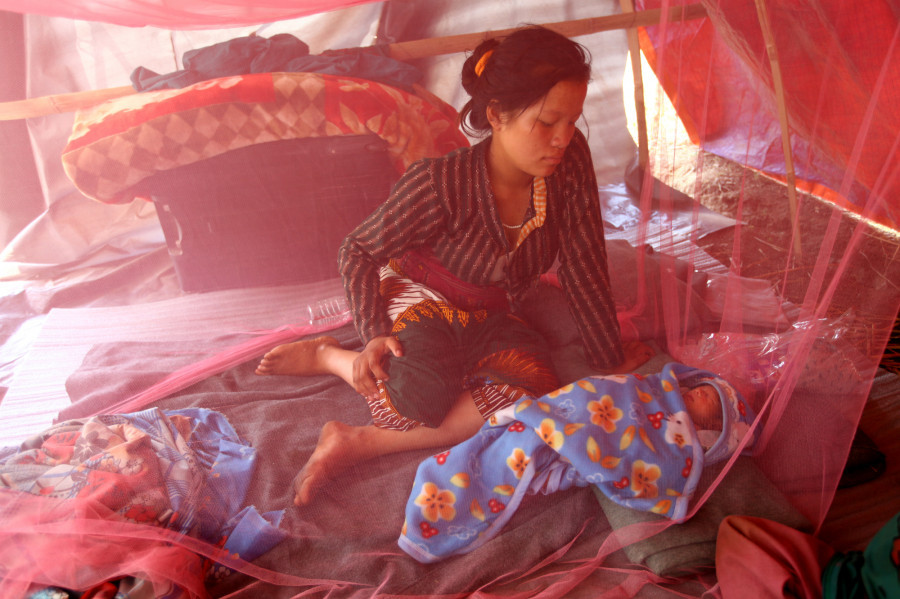Editorial
Maternal health gap
Nepal continues to experience an imbalance in the distribution of healthcare professionals.
Nepal’s rural hinterlands are known for a persistent sad situation: Lack of access to timely health services, mainly primary maternal healthcare. An article published in the Post on May 16 highlights how women have been losing their lives due to delays in getting essential maternal health services. Precious lives are being lost to various factors such as illiteracy among locals, high levels of poverty, and above all, lack of public health awareness in the remote regions.
It is known that poor road connectivity remains a significant hurdle in the remote hills. Getting patients to health facilities could be significantly improved if there was better road connectivity between the small towns, villages and district headquarters. On top of that, people suffer due to illiteracy. They rely on shamans and prayers instead of availing medical services and go to the health posts only as a last resort—usually when the patient is in a critical state and is beyond saving. Therefore, the administration needs to understand that the establishment of health posts isn’t sufficient by itself. Improving awareness of the services available there is just as significant.
The administration can provide healthcare services widely across, but unless there is sufficient awareness about the facilities in the region, expectant mothers do not usually bother to get themselves treated and show a lot of hesitancy when it comes to matters related to maternal health care. In Nepal, women’s forthrightness in taking up issues into their own hands is sadly a rarity, more so in remote areas where poverty, illiteracy and social ostracism are rife. Women often have to bear the brunt of such societal ills. The males of the house, usually oblivious to women’s issues, fail to grasp the gravity of timely medical intervention and that culminates in a life and death situation for expectant mothers.
An issue as important as maternal health cannot be studied in isolation. The provision of health services is only the first step in tackling the maternal health gap. In reality, the administration should concentrate on improving general literacy around maternal health care involving both women and men, and improving connectivity sparing people an arduous walk or being carried on stretchers. The health posts should also be staffed with skilled attendants and stocked with essential medicine. Nepal continues to experience an imbalance and faulty distribution of healthcare professionals, especially in remote regions, which needs to be immediately redressed.
Maternal mortality has consistently fallen from 539 deaths in 1996 to 239 in 2016; it can be seen that Nepal has been making considerable progress. But the gaps in maternal health aren’t unmanageable—it is more a case of casual negligence, hoping things will improve on their own. Our resolve shouldn’t be about achieving satisfactory results. We should take steps to bring maternal mortality to a minimum, much less than the UN’s Sustainable Development Goal target of 75 for every 100,000 births by 2030. Only such a resolution would be worthy of any international appreciation.




 17.12°C Kathmandu
17.12°C Kathmandu












%20(1).jpg&w=300&height=200)

